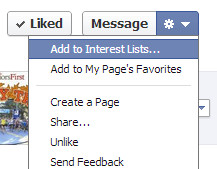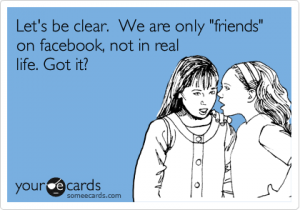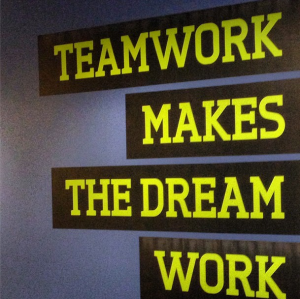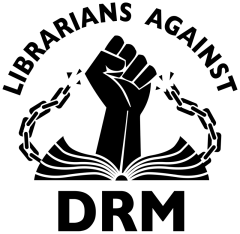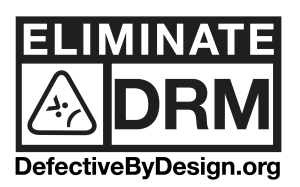In Hugo Liu’s “Social Network Profiles as Taste Performers,” Liu describes the system of the personalization of social network sites as the way we create online identities through taste and interest tokens. Although I don’t have a MySpace, I do have a Facebook. I construct my Facebook identity by saying my favorite author is John Green and my favorite shows are The Office and Breaking Bad. Liu, along with other researchers, found that interest tokens serve as indicators of subcultures in online communities. The creation of interest tokens through the personalization of profiles does not only serve to indicate subcultures, but also socioeconomic and aesthetic factors. Cultural capital varies in different socioeconomic cultures, therefore these tastes and interests are indicative of important characteristics of a person like where they come from. Three hypotheses were created from the research: “MySpace users will craft their SNP lists of interests so as to assert their prestige.” “MySpace users will craft their SNP lists of interests so as to differentiate themselves from their peers” and “Variation in the taste norms of various demographic groups on MySpace can be accounted for by the socioeconomic capital associated with each group” (Liu, 256). In the future, there will be more indicators of these types of relationships. In the mean time, MySpace CEO Mike Jones announced there will be profile data sharing from Myspace to Facebook making it so users can link the interests on their profiles. From the research conducted towards Hugo Liu’s hypotheses, we can understand that these online social demographics play a larger role of importance that previously thought. They are not just a way for users to construct identity in an online setting, but they can tell us more about individuals and subcultures and their relations in society than most other things.
